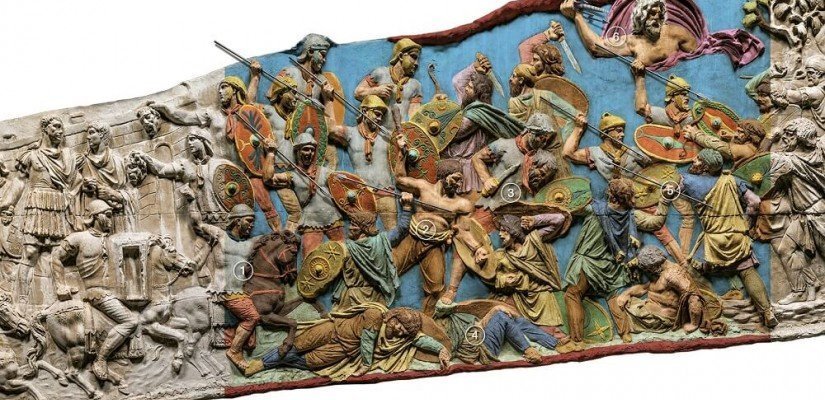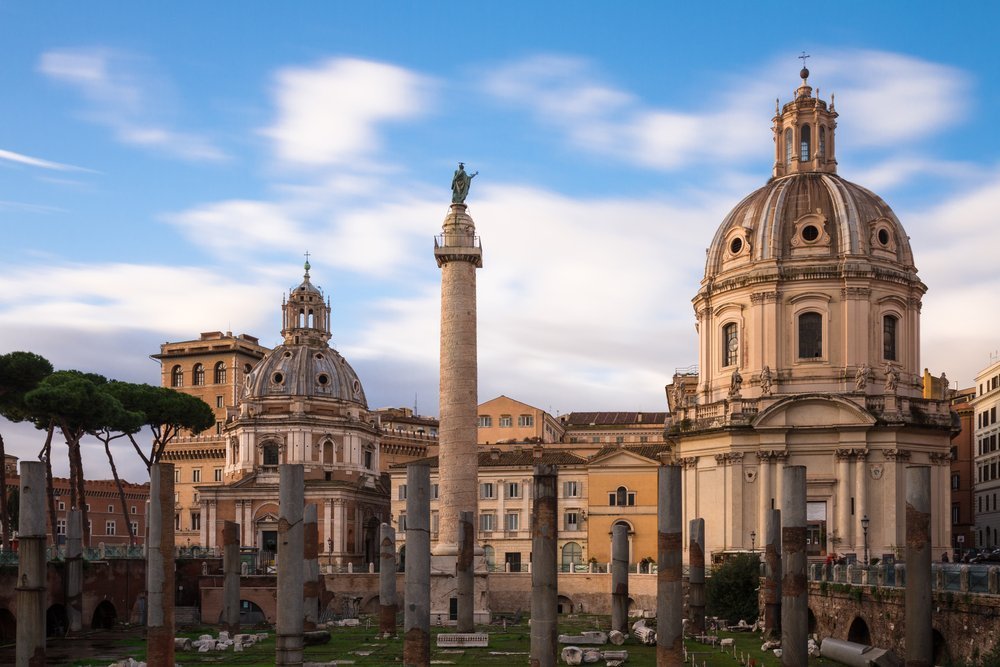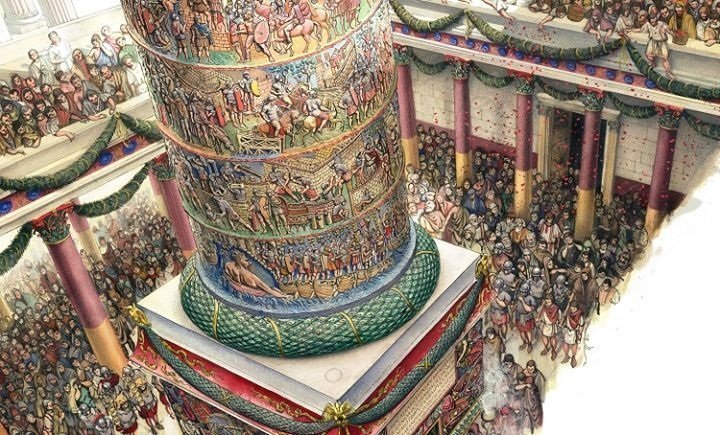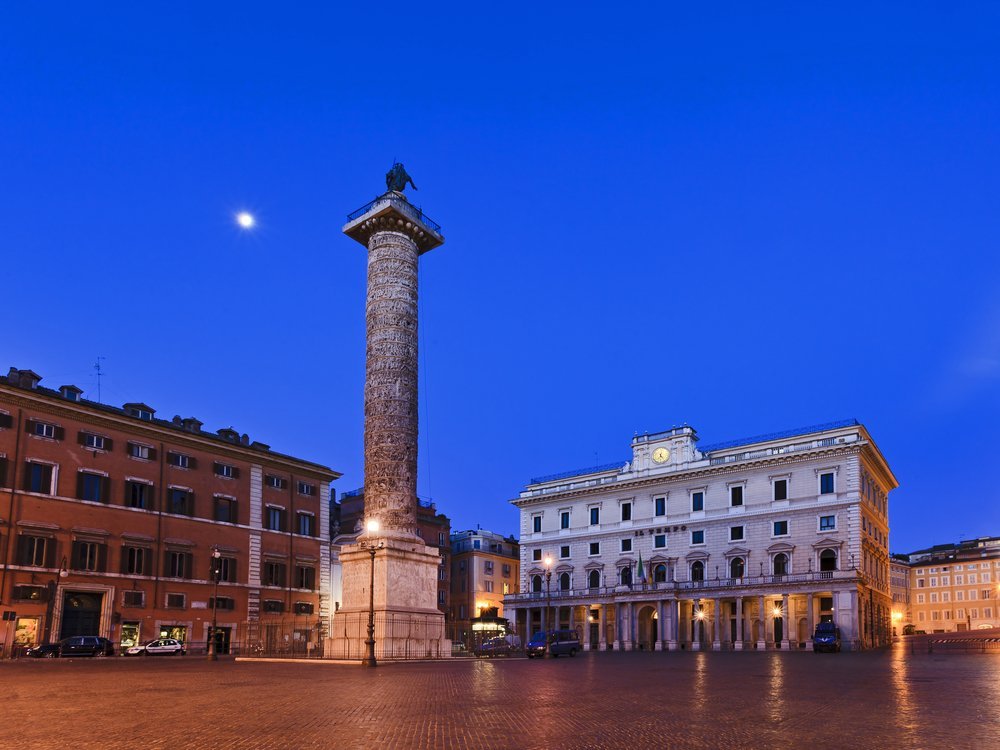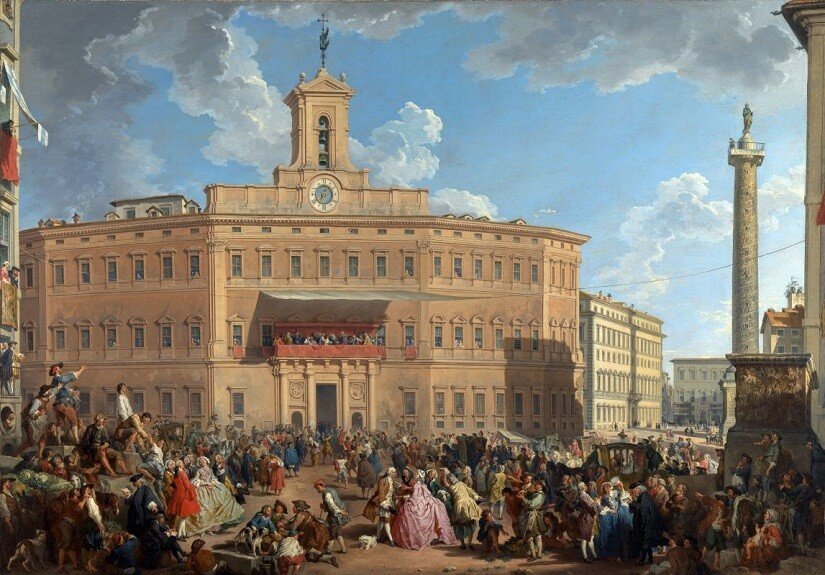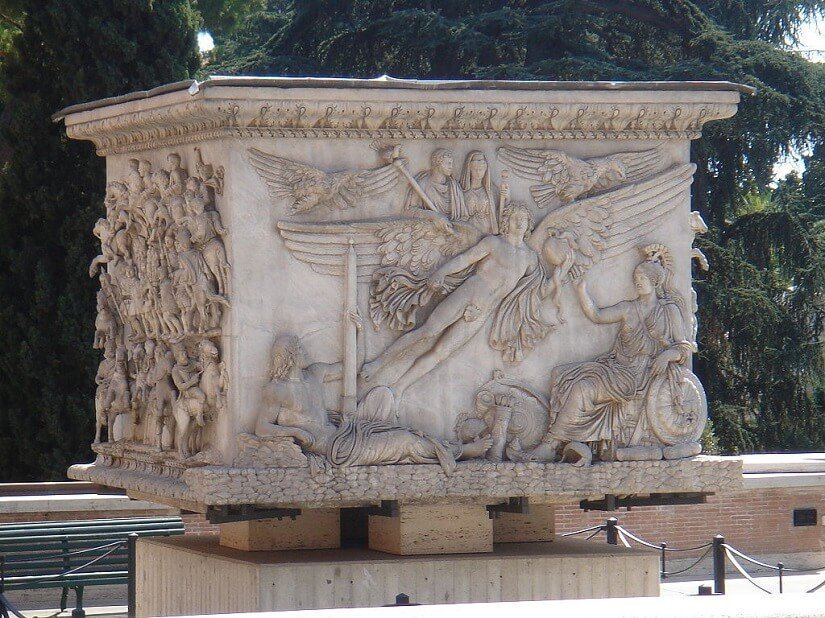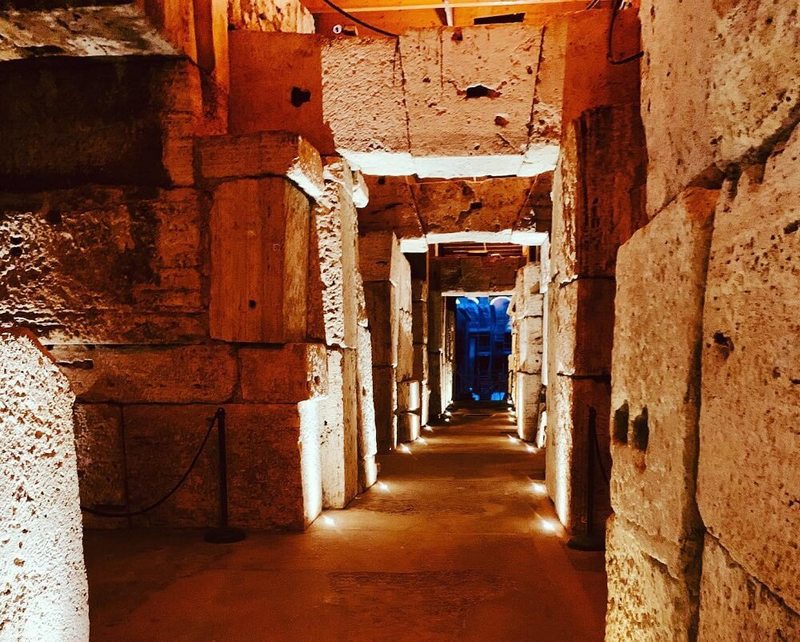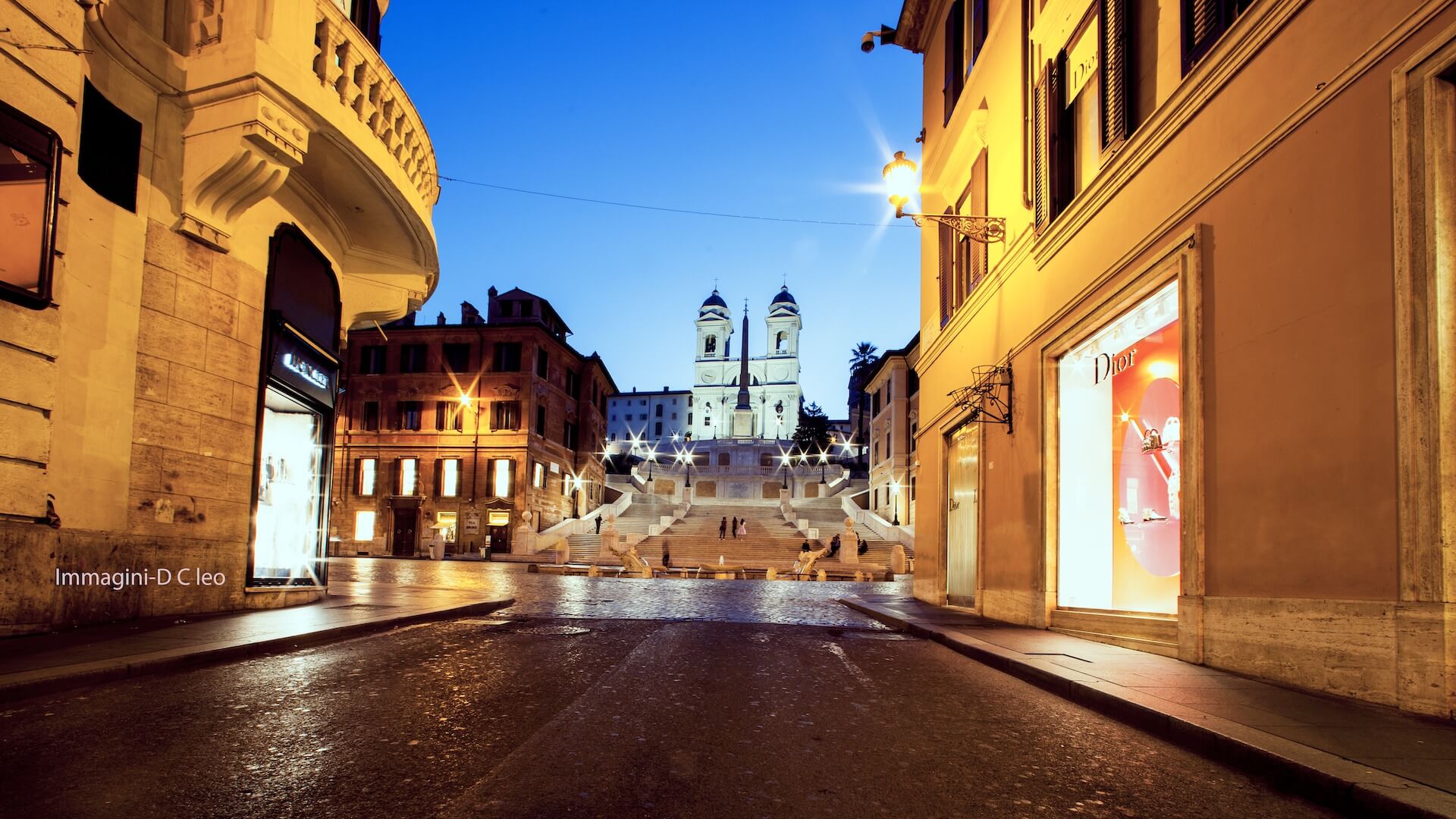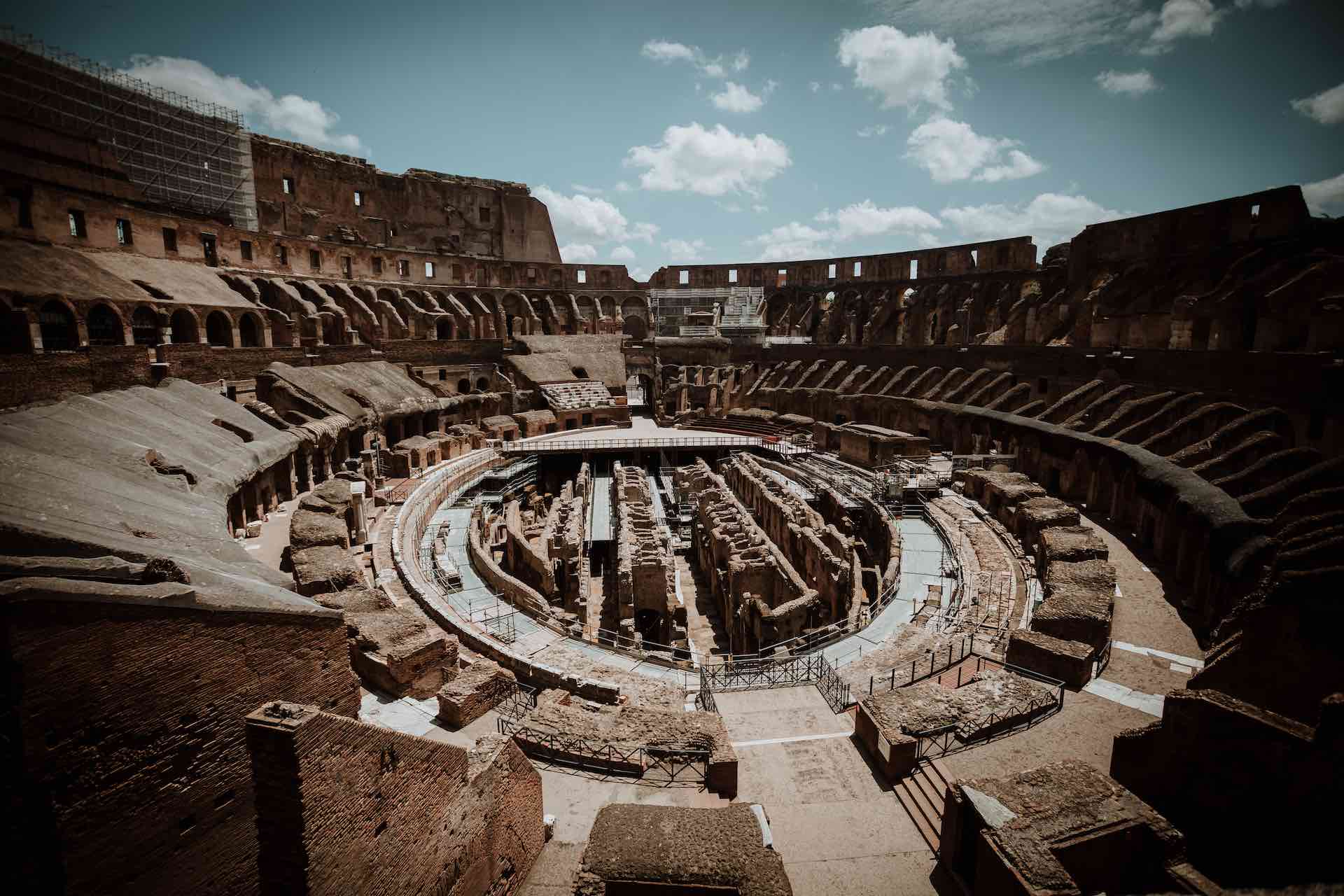Looming large over the city, the triumphal columns of Rome perfectly embody the power and durability of the Roman Empire. Erected in honor of triumphant emperors, who expanded Rome’s imperial territory and thus added to her prestige, these columns were ornately decorated, depicting scenes from military campaigns from the army’s departure to its return.
Some went further, functioning as tombs for the emperors in whose honor they were erected. Most were converted into Christian monuments with the fall of the Roman Empire and the ascendency of Christianity that accompanied the waning and prohibition of paganism. Walks Inside Rome has published this post to take you through all you need to know about the triumphal columns of Rome.
Trajan’s Column
Writers across the ages have described the reign of Trajan (98 – 117 AD) as the time in which humanity was at its happiest.
Rome’s Empire stretched from the shores of northern Africa to the rainy island of Britain, from the plains of Spanish Iberia to the exotic reaches of the Middle East. The emperor in the driving seat was wise, benevolent, and most importantly militaristic. And Rome’s fortunate citizens enjoyed health, wealth, and a plethora of civic liberties.
All, in other words, was rosy.
Unless you happened to be from Dacia.
Between 101 – 107 AD (with a couple of years’ intermission), Rome waged war in Dacia, modern-day Romania, ostensibly to contain the Dacian threat but in reality to expand the Roman Empire and win Trajan some always welcome prestige.
Naturally, Rome triumphed. Rome reinforced its newly conquered territory, fortifying its frontline right up to the River Danube. Leaving the auxiliaries to defend the frontier, Trajan and his forces then returned to the city to celebrate a triumph and monumentalize Rome’s victory.
And what better way to commemorate a crushing military victory than by erecting a giant 30-metre tall column smack bang in the center of the incumbent emperor’s forum.
Now outside Piazza Chigi, one of the most beautiful historic buildings in Rome, in ancient Rome the Column of Trajan stood in the center of the multi-storey Ulpian Basilica (Basilica of Trajan), which bordered the Roman Forum.
Its spiralling frieze depicts an incredible 155 scenes from the Dacian Wars – 58 depicting the emperor Trajan himself. It was once beautifully painted, a soaring monument of resplendent color sandwiched between two libraries packed with volumes detailing the story of Rome’s victories.
Quite how people were able to follow the column’s narrative story is something of a mystery. Not to mention the need to have to strain your neck, you’d have had to start on the ground floor of the basilica before making your way up to the first floor balconies and making your way around. Yet tell the story it does (as you’ll see when you visit Rome as long as you bring binoculars!)
Another interesting fact about the Column of Trajan is that it served as the emperor’s tomb. This might not seem so remarkable, but remember that burial was traditionally forbidden within Rome’s city walls, hence why so many tombs and catacombs line the Appian Way.
Trajan probably wouldn’t have requested this special honor – even if the Senate did vote him optimus princeps (the best of emperors). But he had space for his tomb constructed in the column’s base anyway. He guessed right. Upon his death in 117 AD, the Senate and People of Rome permitted his burial beneath the column.
His remains stayed there until the Middle Ages when looters stole ash-filled urn and stole his statue from the top of the column. The figure that now stands atop the Trajan’s Column is none other than Saint Peter.
Here are our tours that visit Trajan’s Column:
Column of Marcus Aurelius
It might strike you as strange that an emperor who has gone down in history as being really quite zen (Marcus Aurelius has left us a book of stoic philosophy entitled the ‘Meditations’) would have erected a whopping great victory monument in the center of the city.
But then again, Marcus Aurelius did spend almost the entirety of his supposedly peaceful reign at war.
First battling the Parthians before going on to hammer the German tribes in the north, Marcus Aurelius was one of Rome’s most militarily successful emperors. You might remember him from the film gladiator – he’s the (*Spoiler alert*) elderly emperor who is suffocated by his son, Commodus, towards the beginning of the movie.
Marcus Aurelius didn’t erect the column himself. First, it would have been too heavy for one man; second by the time it was up he’d been dead for several years. Instead, the column was erected by order of the SPQR (Senate and People of Rome) to commemorate his victories over the Germanic tribes.
He wasn’t buried here, however. Unlike Trajan’s Column, the Column of Marcus Aurelius served no sepulchral purpose. A purpose it did serve during the Middle Ages, however, was as a vantage point overlooking the city center. In fact, climbing the column became so popular during the Middle Ages that every year the right to charge the entry fee went up to auction.
Column of Phocas
Looking out over the Roman Forum, you’d struggle to guess which is its most recent monument. It might surprise you to find out that it’s not one of the temples or churches, but the lone freestanding column that juts up not far from the Arch of Septimius Severus – the largest of the triumphal arches of Rome.
Named the Column of Phocas after the emperor who dedicated it, this column was erected and dedicated in 608 AD in honor of the eastern Roman emperor. We know this only because of the inscription at its base, which praises the piety, clemency, and all-round brilliance of the emperor Phocas, and explains that this, the tallest column in the Forum, stands as a symbol to the lasting peace he brought the Empire.
His column might praise him in the highest of terms, but in reality Phocas wasn’t a very good guy. He only came to the throne after murdering his rival Mauritius and all five of his sons. True, early Christian writers loved him, not least because he transformed the Pantheon into the Church of Santa Maria ad Martyres in 609 (thus saving the monument from subsequent sackings).
Phocas ultimately met a particularly grizzly end. In 610, just eight years into his reign, he was murdered – decapitated and dismembered on the orders of his imperial successor Heraclius.
Here are our tours that visit the Column of Phocas:
- Colosseum Underground Tour and Ancient Rome
- Ancient Rome Tour with Colosseum
- Colosseum Tour with Belvedere, Upper Tier, and the Roman Forum
- Watercolor Painting on the Palatine
Column of Antoninus Pius
You might be disappointed to learn that the Column of Antoninus Pius isn’t actually a column. At least not anymore. All we have left is its honorific base, which is stunning in its own right, and can now be seen in a courtyard of the Vatican Museums.
Antoninus Pius was, from what we can tell, one of Rome’s best emperors. From the very little we know of him, he ruled with clemency, fairness, and conviction. So much so that upon his death the Senate and People of Rome recognized his apotheosis (meaning they acknowledged that he had become a god).
Following the fall of the Roman Empire, the column was left in a destitute state, collapsed and broken in the earth of the Campus Martius. Architects of the 17th century were able to save its base, however, which depicts remarkable scenes of Antoninus Pius ascending to the heavens to become a god.

